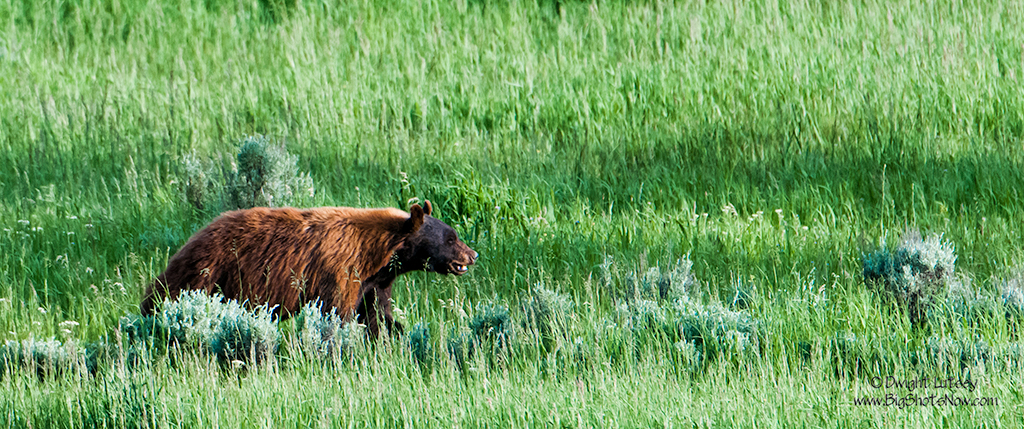
A conversation with Shuffles. Last weekend while on an ill-fated whirlwind trip to Yellowstone National Park to photograph some Peregrine Falcon chicks that were due to hatch and be photogenic, the visit sadly ended in frustration due to an unknown event that resulted in the parents abandoning the nest and the eggs within. We haven’t discovered what the event was yet but it resulted in one lone egg being left exposed in the nest. Since this changed our plans we decided to look up an old friend. We had a few moments to talk with Shuffles Lipinski a local resident of Grand Teton National Park.
If you enter Yellowstone from the south you have to go through Grand Teton National Park to get there. Sometimes the Grand Tetons seems like the cross-eyed step child of Yellowstone, as it feels kind of like a door mat as tourists rush through to get to its older sister up north. It’s not though. They have plenty to offer in the way of scenery, such as big mountains that resemble a woman’s bosoms, and wildlife galore. There are Moose and Mulies, Elk and Canada Geese, Pelicans and bears. Plenty of bears. Like our friend pictured above. This is Shuffles Lipinski, a cinnamon colored black bear that can be seen on any given day hanging around where tourists can see him. Even though we were in a terrible hurry at the time to get up into Yellowstone to check the Peregrine nest we took a few moments to have a conversation with Shuffles. Here is an excerpt from that interview.
So Shuffles, Whatcha doing?
Just a runnin’ and a grinnin’.
What for?
I need to get up there where that tour bus is unloading them tourists.
We didn’t think you liked tourists.
I don’t. Hate ’em actually. But if I get up there and run around some and grin at them I’ll get points.
What do you mean you’ll get points?
Points. You get enough points and you get transferred up North. Get to play in the big show. Make a name for yourself. Get chicks. Free drinks at the club. Maybe a piece of the T-shirt business.
Really. Do all the bears want to do this ? Maybe that’s why we never see as many bears down here as we do up in Yellowstone.
Yup. You also get a number up there. Down here they still call you by your name. Up there if you’re cool you get a number. I want a number.
Note to readers: Yellowstone National Park is very proud, perhaps overly so, that they depersonalize their animals by giving them a number instead of a name, like Peaches, or “Kor, god of the fang”. That way they think people will get less attached to them, and not care when they get killed or worse, have to wear those tracking collars all the time. For instance if you ask a ranger or one of the bear guards they assign to each bear something like “Hey where’s Rosie? I haven’t seen her and the cubs lately.” they will give you a disgusted look and sternly but condescendingly, tell you “We don’t name our animals here in Yellowstone National Park, bear # 509 will be out shortly. You can wait over there behind that white line.” (‘you dumbass visitor’, being understood. We’re watching you now. Don’t make me talk to you again.) Returning to the interview.
So what’s wrong with your name? We like Shuffles, makes you more human and lovable, approachable even.
Yeah right. You approach me, I bite you. I get sent to the big house and get a tag stuck in my ear and then one in my other ear when I bite you again, and then its lights out bwana on the third time. You get the big sleep. No, I want the number. You get a number like 812 or something and people don’t know what to expect. You could be dangerous, you could be a stone cold killer just waiting for some bus rider to get close enough to take a selfie, people don’t know. You have a name like Horace or Shuffles, you don’t get the respect. Gotta have the respect, that ‘s what brings in the big bucks from people wanting to see the ‘bad’ bear. That’s what ups the T-shirt revenue, know what I mean?
Ok, got it. Listen we got to run. Got Peregrines and their chicks to shoot. Been a slice. Catch you later Shuffles.
Cool dude, listen, do me one, when you get up North tell the bear guys I growled at you and looked threatening. I gotta get out of here. I’m dying down here. Don’t tell ’em I bit anybody or anything just that I looked bad. Ok? Later brother. I owe you one.

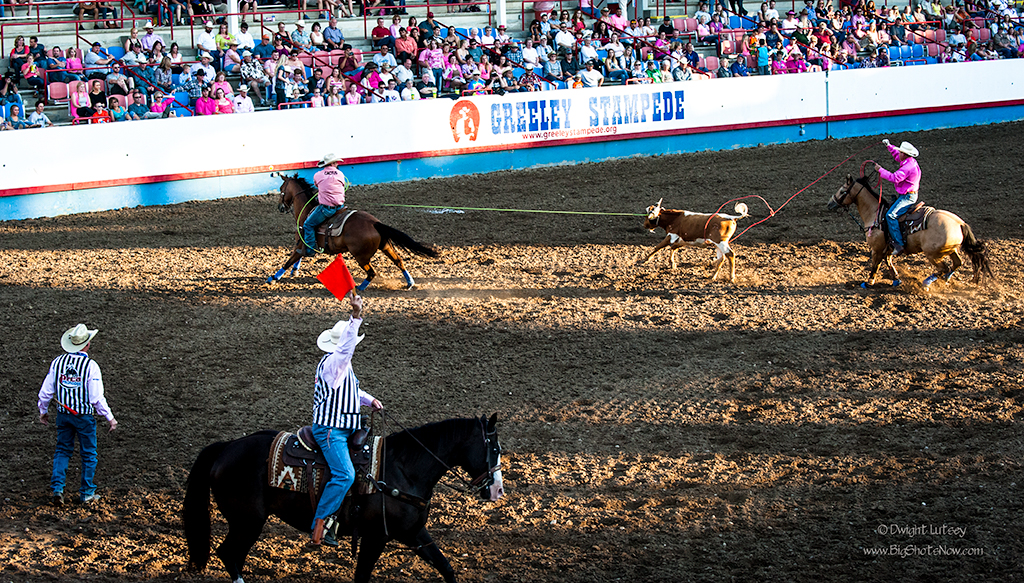
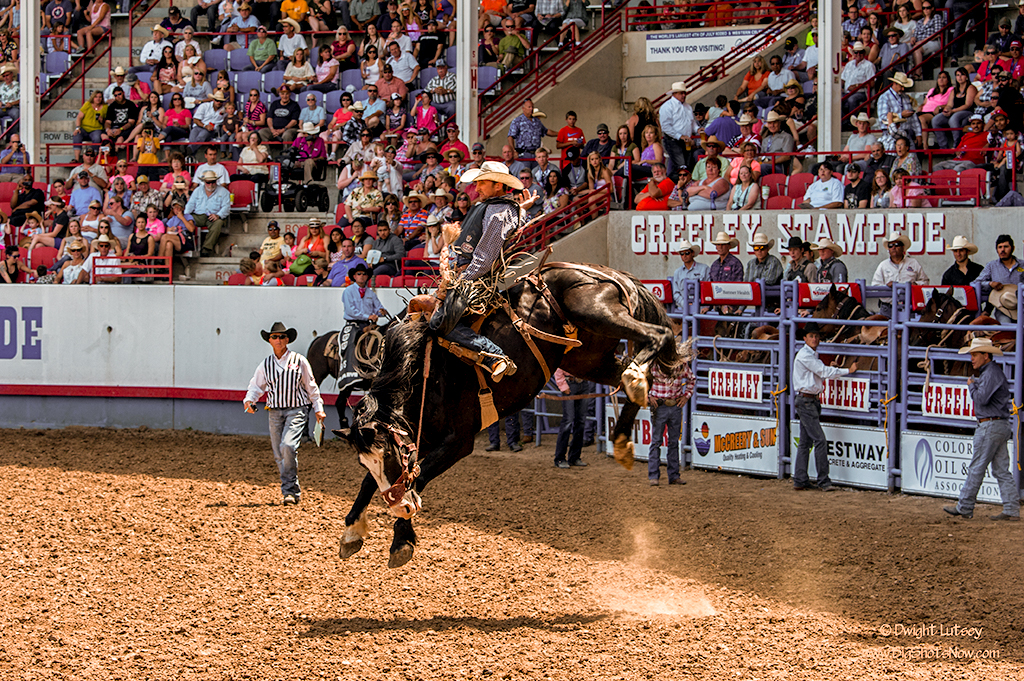
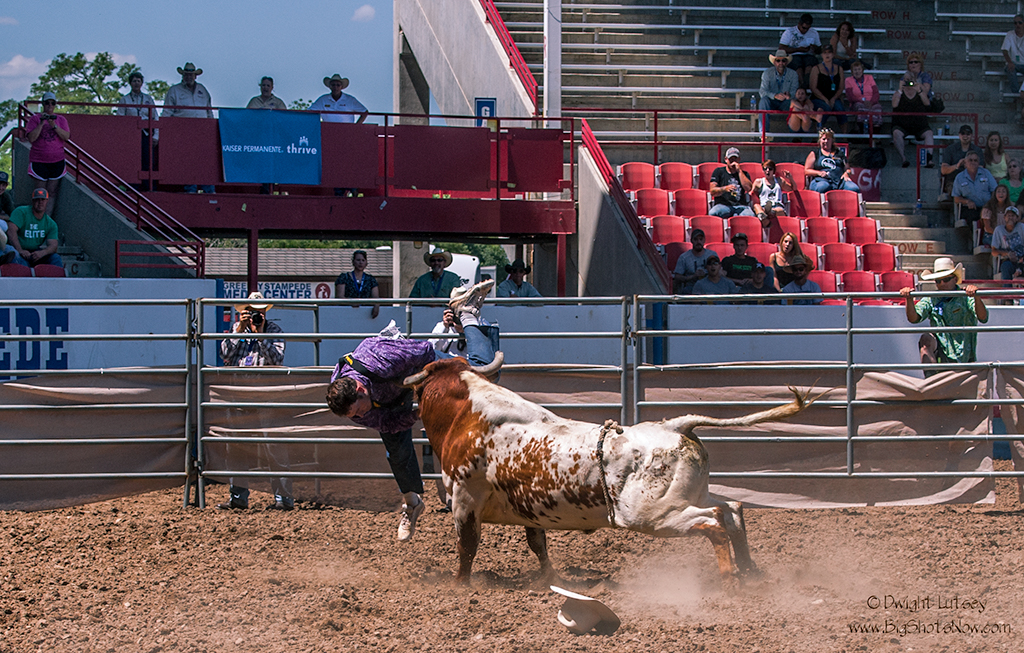
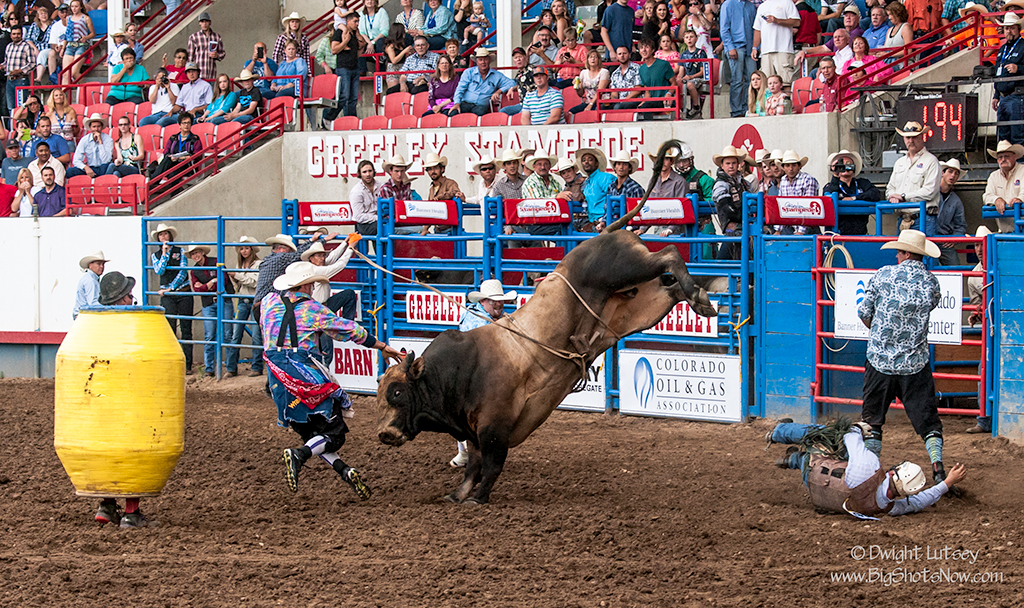
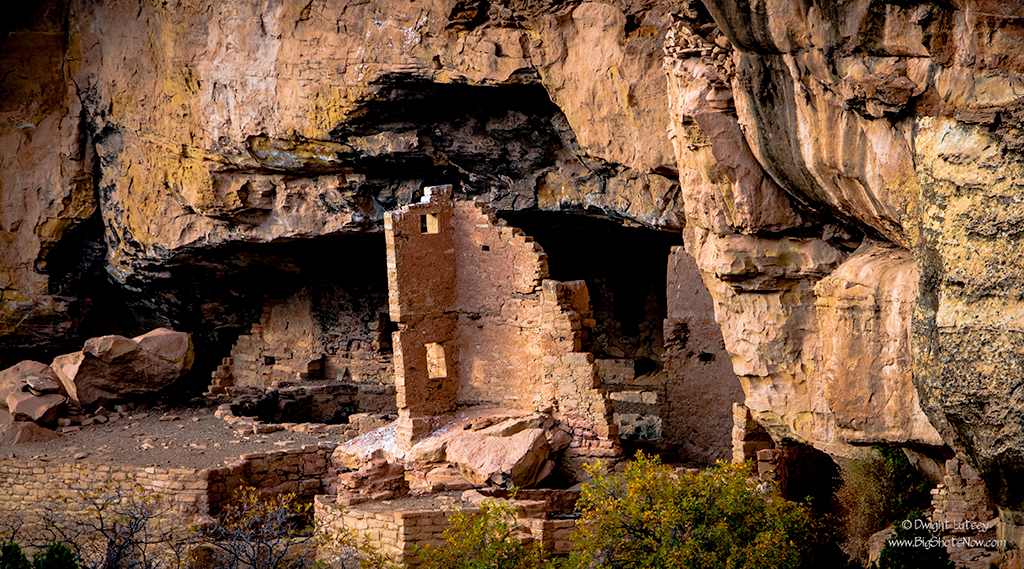

You must be logged in to post a comment.